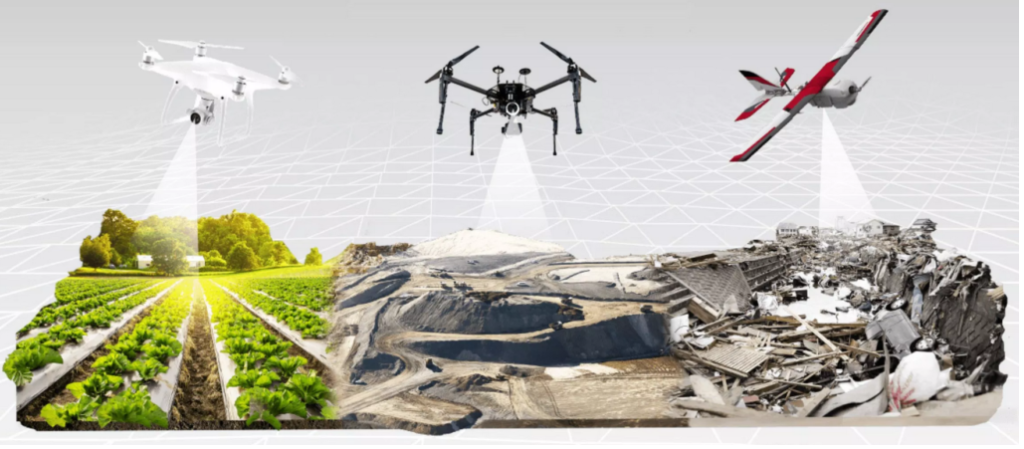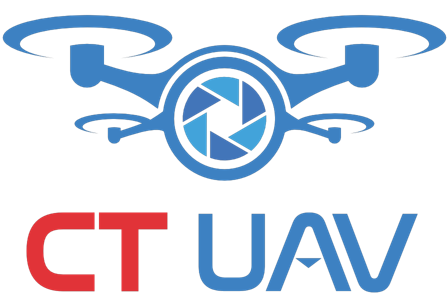The Commercial Sweet Spot of the Drone Industry
While we wait for the Federal Aviation Administration (FAA) to release its much-anticipated Notice of Proposed Rulemaking (NPRM) for Part 108, a regulation of uncrewed aircraft flights beyond the visual range of the operator (BVLOS), it would be good to focus on what business models are making money today.
Given that investors have many options when it comes to finding places to park their money in the hope of a quick return on investment (ROI) it would be a good idea to know where drone are being used today to make a profit.
Let us begin by enunciating clearly the basic conditions that frame a successful business model in the pre-BVLOS era.
- Flights have to be conducted within visual range of the operator.
- No operations over people.
- No operations at night.
- The area to be flown would be preferably private property and under the jurisdiction of the organization in charge of the flight.
- The aircraft would be flying low and away from sensitive areas such as nuclear powerplants and airports.

So, now that we have the basic premises for acceptable missions, let us analyze the low hanging fruit for these markets.
Agriculture Spraying
It complies with every one of the requisites and is rapidly becoming a source of revenue, and profit, for companies willing to invest in the specialized drones and Part 137 certification required by the FAA to dispense chemicals from an aircraft. There is a major hurdle that still needs to be crossed in this industry and is the inclusion of uncrewed aircraft in the label of the chemicals used in aerial agricultural spraying, an industry that has existed for almost a century. Today, only traditional aircraft are included in these labels that are considered to be the guiding rule when applying chemicals to farms.
See more: CT UAV orders 100 evtol aircraft from skydrive
